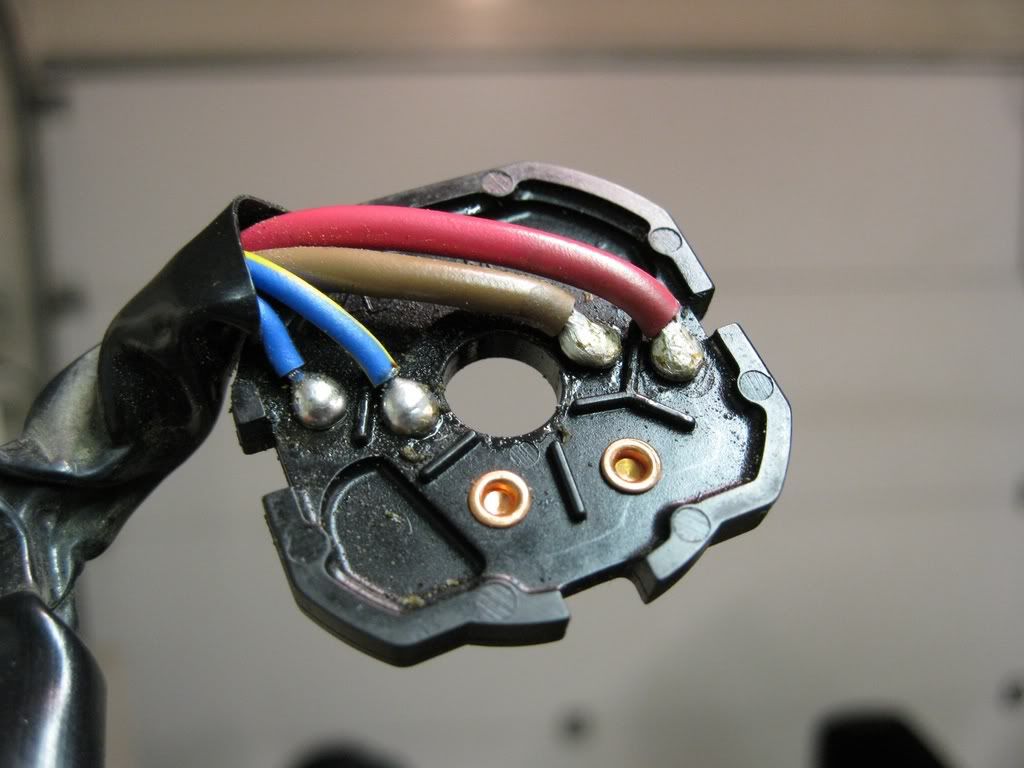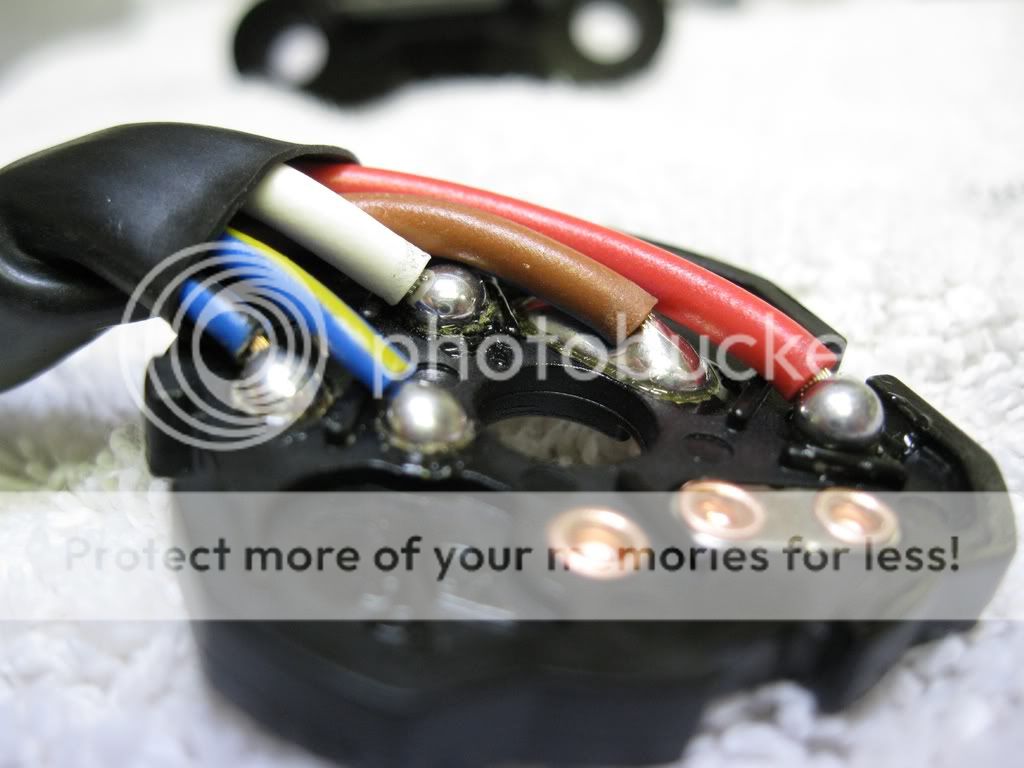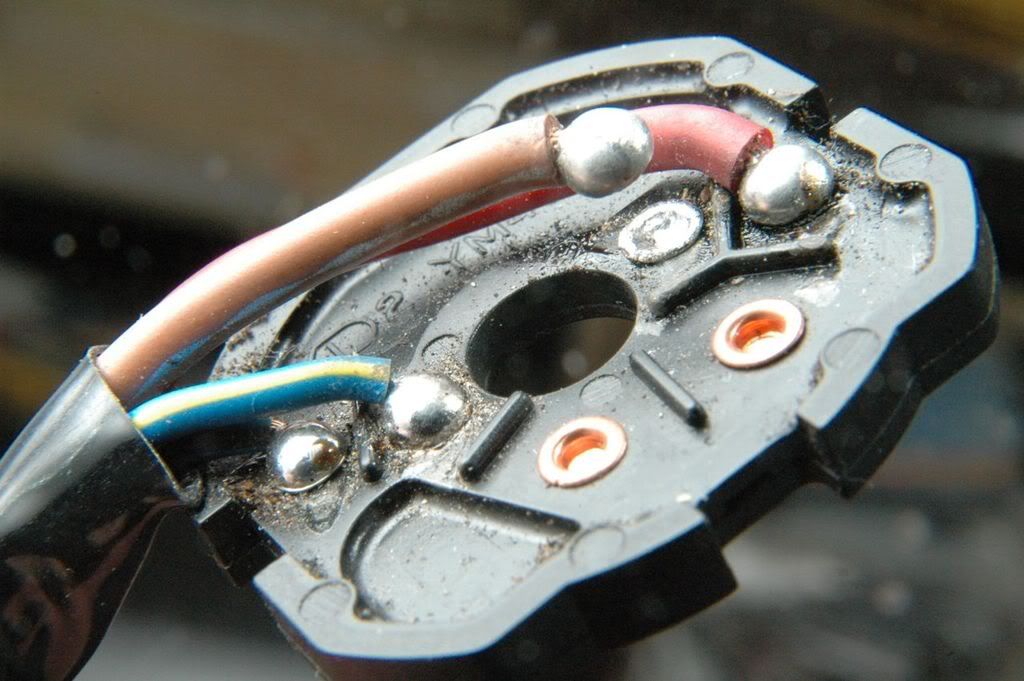painman
Well-known member
I'll chime in, thanks Brodie! Once again you have helped. Your efforts do not go un-noticed as evidenced here on the board. And hopefully with your fine harness set-up and the new ignition-fix, we can put the ignition switch problem to rest once and for all. Thanks again. PM. <>< 
























































